Plants & Mushrooms
On this page I present various plants and mushrooms that I discover on my hikes. As I am much more familiar with plants, the descriptions are more extensive than for the mushrooms.Plants & Mushrooms
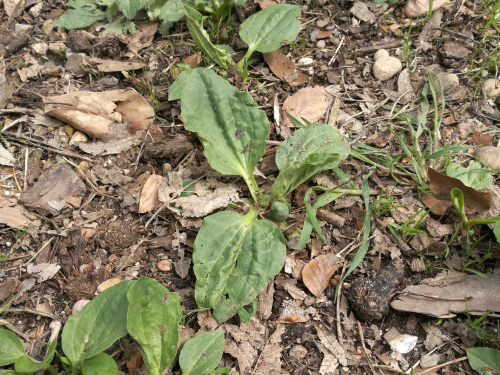 |
Broadleaf plantainPlantain is the king of the path, it is sturdy and a well-known medicinal plant for wounds. Well washed and crushed, it promotes wound healing. The leaves can also be eaten in salads or drunk as tea. |
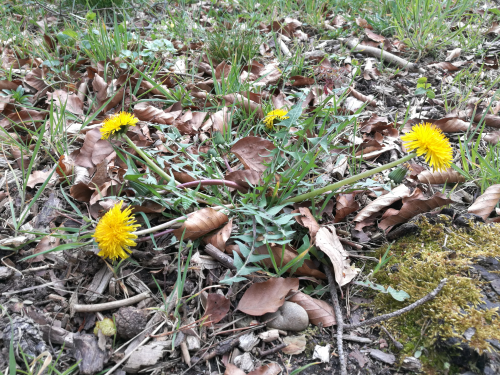 |
DandelionWith its yellow flowers, which very soon become the popular seedhead (German: Pusteblume), and its serrated leaves, which resemble the teeth of lions, the plant is very easy for anyone to identify. The whole plant is edible. However, the older leaves taste very bitter, which is associated with a digestive property. The cultural significance is reflected in the countless regional names for this plant. I recommend a quick look at the German Wikipedia. The dandelion is also an important bee pasture, which is why I don't remove it from the meadow in my garden.The roots can be used to make a coffee alternative. |
 |
Lesser celandineLesser celandine has a long tradition in our culture. This is easily recognized by the fact that the German word "Scharbock" (the plant is calles Scharbockskraut in German) is an old spelling for scurvy (German: Skorbut). Scurvy is a vitamin C deficiency disease and lesser celandine was used as a source of vitamin C after harsh winters or during seafaring. However, caution is advised when eating lesser celandine, as the entire plant is poisonous. Only the young leaves before flowering and depending on external influences are edible in small quantities.The plant can only be found for a short time in spring and disappears as soon as the first trees start to grow leaves. |
 |
ChivesThis is wild chives. It can be easily recognized by its hollow, tubular blades of grass and has the same smell and taste as chives from the supermarket. When I found it for the first time at the edge of the forest, I was delighted as I thought I had discovered a rarity. After researching on the internet, I found out that wild chives are not particularly rare. Since then, I've been finding them again and again.Bread, butter, chives, salt: perfect! |
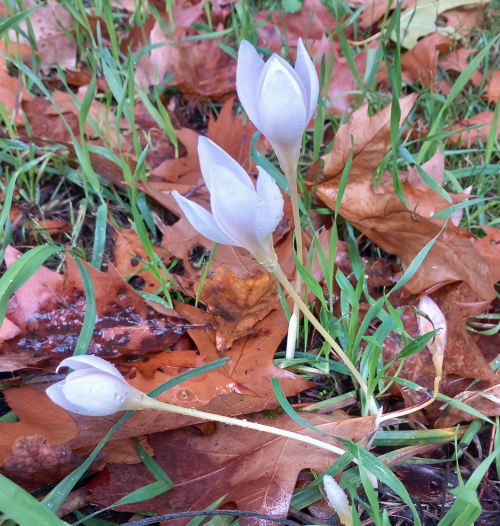 |
Autumns CrocusPoisonous!The autumn crocus looks very similar to the crocus and can also be mistaken for wild garlic due to its similar leaves. |
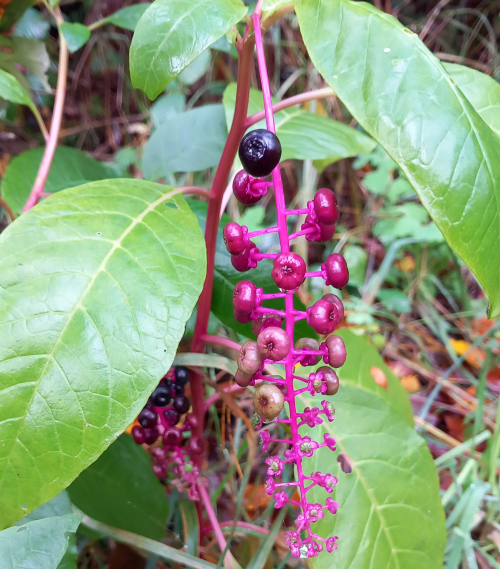 |
American PokeweedPoisonous! |
Mushrooms
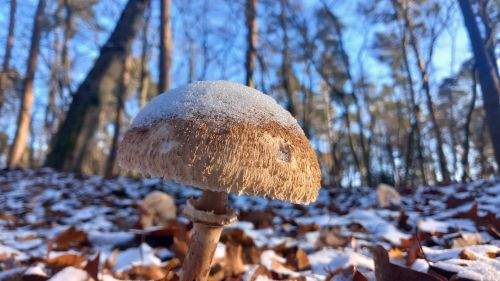 |
 |
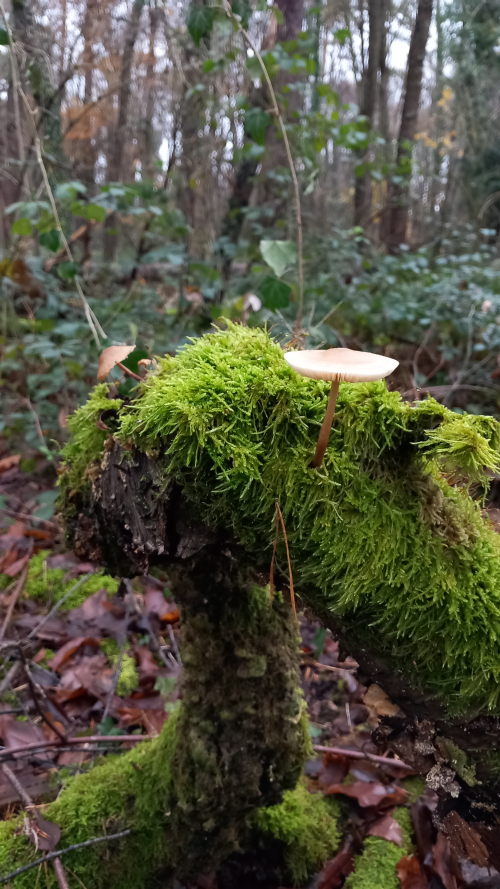 |
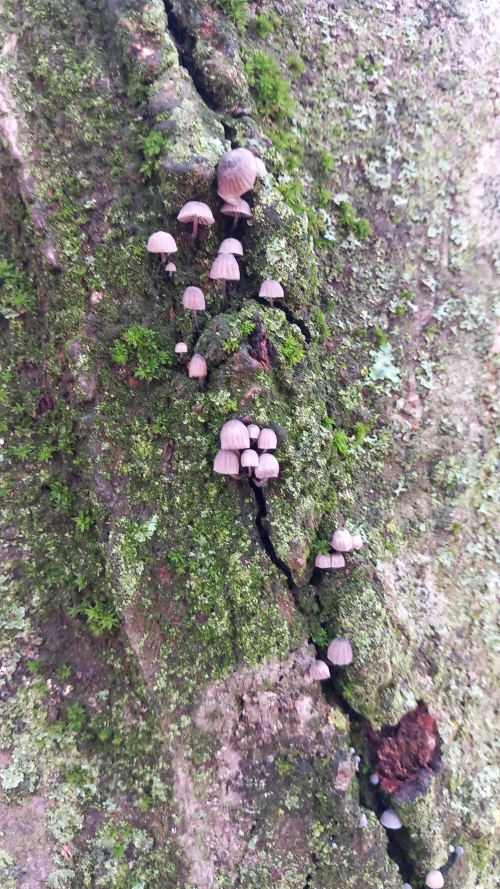 |
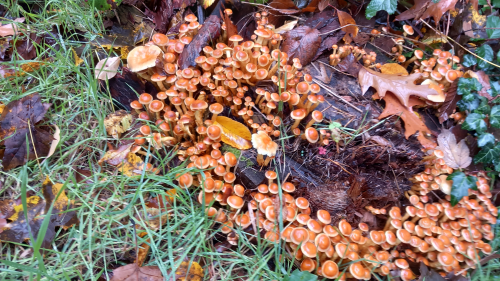 |
 |
 |
 |